Wow, simply wow. Talk about PMA when I first got wind that a Various Artist record was coming out to help Jesse with his medical bills I thought that was so cool and being something he’d be fully behind if it was one of his peers but hell, I wasn’t expecting a triple album with quite so many platinum artists rallying around and all adding their own twist on Jesse’s songs in such a majestic way.
Often a contributor to other people’s causes, Malin being the humble human he is must be blown away by all the musicians who have rallied around him, from Springsteen, Billie Joe Armstrong, Lucinda Williams and Elvis Costello, The Hold Steady, Tommy Stinson, Alison Mosshart (with the late Wayne Kramer), Tom Morello, Counting Crows, Dinosaur Jr., The Wallflowers, Spoon, Susanna Hoffs, Frank Turner, Rancid and many more. The full album tracklisting is a proper trawl through his career from the glorious D Generation days right up to the very recent past.
Anyone whos seen Jesse live knows how funny and compelling his performances are be it so or with a band he is a commanding spirit who also knows how to introduce a song with a special story and a superstar clang here and there. Rolling Stone magazine editor David Fricke, said it best when he wrote that “Jesse Malin knows about scars, from his youth, observation and more. They all carry tales, and he’s not done telling them. ‘Silver Patron Saints’ is the gang back at the bar, coming to the stage to toast the composer and his story so far.”
I don’t want to overstate how good this is and to go through every song would be a war and peace review so I’ll focus on first impressions and the stand-out cuts. Sure Springsteen owning ‘She Don’t Know Me Now’ is a stunning Americana interpretation and showing how damn good a writer Jesse is both lyrically and musically. I also love ‘Oh Sheena’ covered by Counting Crows frontman Adam. Also, Green Day frontman Billie Joe really cranks it up on ‘Black Haired Girl’ and it sounds so good it could easily have been a stand-out track on ‘American Idiot’ or 21st Century albums.
Hearing a ragged ‘Brooklyn’ absolutely owned by Dinosaur Jr is stunning. Owning a song but retaining its beating heart is no easy task and changing it without going too far from its roots is a fine art but Mascis does it superbly. The supergroup that dusts the cobwebs off ‘Turn Up The Mains’ Wayne Kramer, Tom Morello, Steve Van Zant Mike Watt and Joey C join Alison Mosshart for a blistering rip through the song. Lucinda Williams has been a long-standing collaborator with Malin and here shes joined by Elvis Costello for ‘Room 13’. Frank Turner plucks out a tune before Spoons takes a stroll through ‘The Way We Used To Roll’.
As the first half of this release takes a breather with the beautiful Rocky O’Rourden interpretation of ‘Shane’ you take in the diversity and consistently strong songwriting Malin has dished up for decades. Sure he’s surrounded himself with some awesome musicians from the D Gen days right to the here and now but his lyrics are also noticeably excellent, I always hear a line and smile at just how good it was and there are plenty on offer here and some I’d probably forgotten but hearing these talented artists shine a new light is stunning.
Butch Fuckin Walker twists ‘Modern World’ and owns it before Susanna Hoffs freshens up ‘High Lonesome’ beautiful song. One of my favourite recent Malin songs is ‘Greener Pastures’ which is owned by Graham PArker who turns it into a simpler harmonica and acoustic folk song. Alejandro Escovedo takes ‘Meet Me At The End Of the World’ somewhere I wasn’t expecting. The Hold Steady followed by Tommy Stinson dish up their usual high-quality interpretations on ‘Death Star’ and ‘Riding On The Subway’ respectively and to hear Ian Hunter own ‘Dead On’ and take it on a late-night sleazy walk is fantastic. The fact is there isn’t one single letdown on the whole twenty-seven tracks on offer and that is nothing short of miraculous. There are so many more songs I’d have loved to hear versions of which leaves the question of when can we hear Volume Two and who will be on that? It has to happen, doesn’t it? Willie Nile rocks it up before Rancid digs deep into the archive for a thrilling ‘No Way Out’, Man D Gen were a band and a half and this version is a belter.
Before this record finishes the old guard of the Bowery turn it up and open up a circle pit with the mighty Agnostic Front knock-out ‘God Is Dead’ before the album is disintegrated by Murphy’s Law own ‘Frankie’ and a more diverse line up you won’t find anywhere do justice to the living legend that is Jesse Malin, I’m sure he will be humbled by this record (or three) and shows that good guys do get helped when they fall down and having so many icons of music rally round is a beautiful thing. Buy this record, and you will marvel at its content regardless of whether you are a Malin vet or new to his music Jesse Malins’s music is in safe hands and a full recovery is all we want and if buying a copy of this helps that reality then I’ve don’t my small bit now what about you? PMA
Buy Here



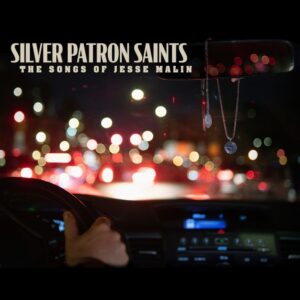
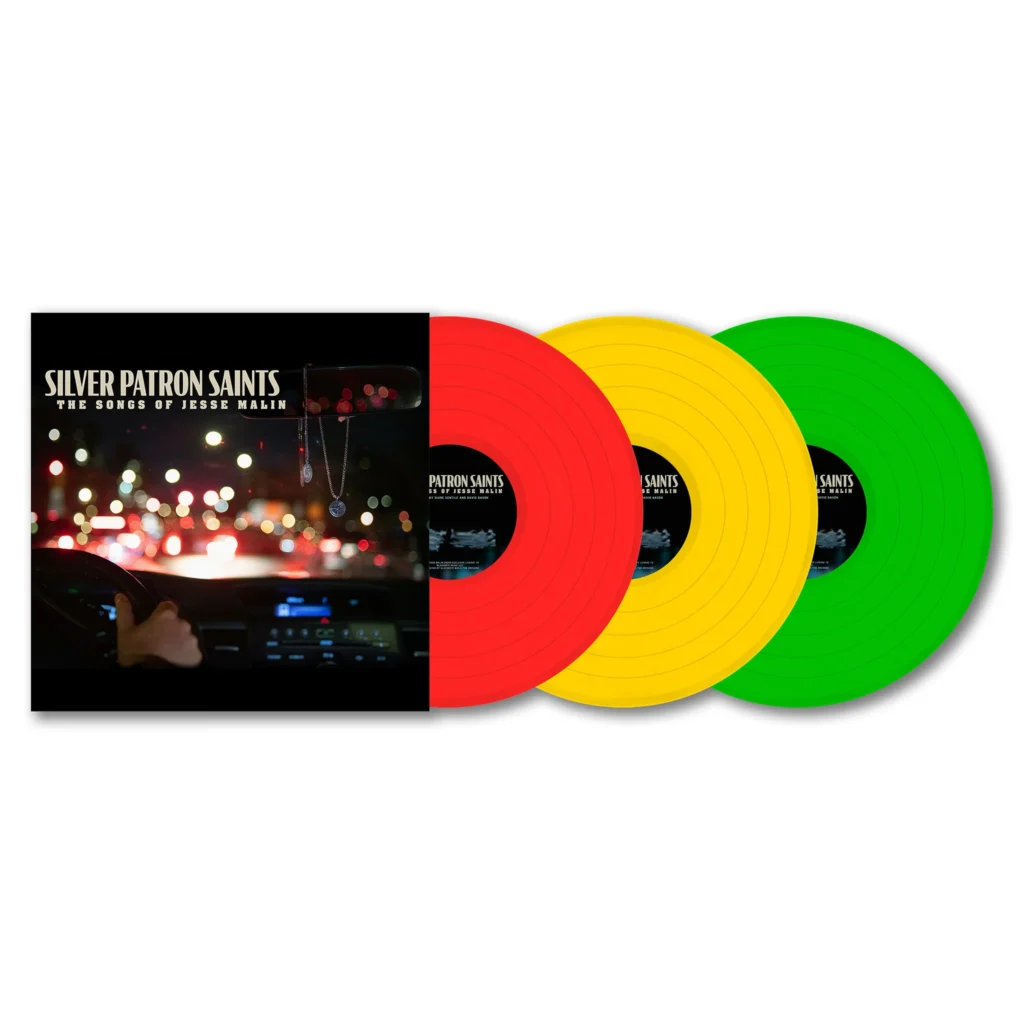


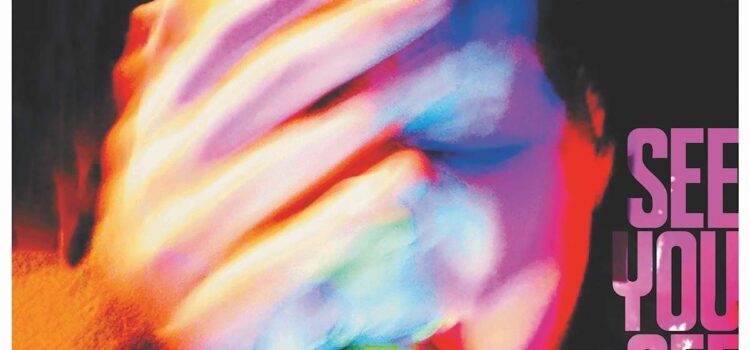

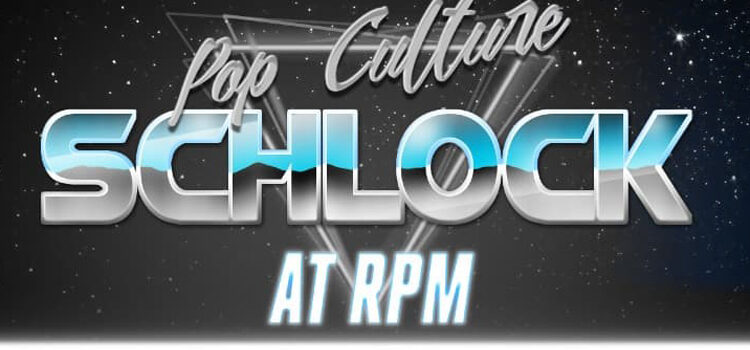






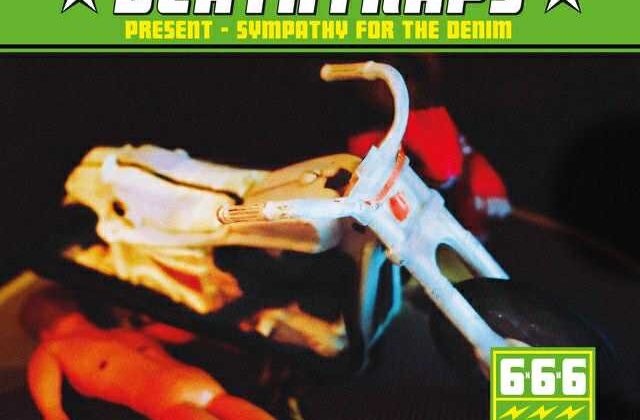


Recent Comments